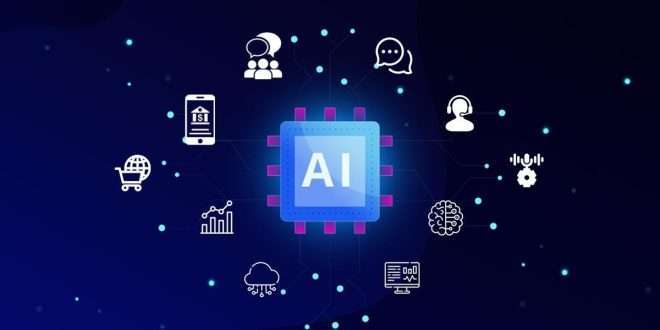In the rapidly evolving digital landscape, back-end automation has emerged as a game-changer for businesses seeking to boost their efficiency and reliability. The marriage of artificial intelligence (AI) with backend web development has ushered in a new era of streamlined processes and enhanced user experiences. This comprehensive blog delves into the world of AI-driven back-end automation, its benefits, implementation, and the impact it can have on your business.
Understanding the Essence of Back-end Web Development
Before delving into AI-driven automation, it’s crucial to grasp the essence of back-end web development. While front-end development deals with what users see and interact with, the back end is the engine that powers it all. It includes servers, databases, applications, and all the behind-the-scenes functionalities that enable the smooth functioning of websites and applications.
The Evolution of Back-end Automation
Traditionally, back-end development relied on manual coding and human intervention, which was time-consuming and prone to errors. However, the advent of automation has revolutionized this process. AI, in combination with machine learning algorithms, has opened up a world of possibilities for automating repetitive tasks, analyzing data, and making intelligent decisions in real-time.
Unveiling the Benefits of AI-Driven Back-end Automation
Enhanced Efficiency:
AI-driven automation accelerates development cycles by automating coding, testing, and deployment processes, reducing the time-to-market for applications and updates.
Improved Reliability:
Automation minimizes human errors, ensuring a more reliable and stable back-end infrastructure.
Intelligent Insights:
AI-powered analytics provide valuable insights into user behavior, application performance, and potential issues, enabling proactive problem-solving.
Scalability:
Automation facilitates effortless scalability, allowing applications to handle increased user loads without compromising performance.
Personalized User Experiences:
AI can analyze user preferences and behavior to deliver personalized content and recommendations, enhancing user engagement.
Implementing AI-Driven Back-end Automation
The process of implementing AI-driven back-end automation involves the following steps:
Identifying Automation Opportunities
Evaluate your existing back-end processes to identify repetitive tasks and areas where automation can add value. Tasks such as database management, data processing, and server monitoring are excellent candidates for automation.
Choosing the Right Tools and Frameworks
Selecting the appropriate AI tools and frameworks is crucial for successful implementation. Popular options include TensorFlow, PyTorch, and Keras for machine learning, and Apache Kafka for stream processing.
Data Preparation and Integration
Prepare and cleanse your data to ensure it is of high quality and relevant for AI analysis. Integrate data sources from various systems and applications to gain comprehensive insights.
Developing AI Models
Train AI models using historical data to make accurate predictions and decisions based on real-time inputs. Fine-tune the models iteratively to improve accuracy.
Integration with Back-end Systems
Integrate AI models seamlessly into your back-end infrastructure, allowing them to interact with applications and services in real-time.
Continuous Monitoring and Optimization
Regularly monitor the performance of your AI-driven automation and make necessary optimizations to ensure ongoing efficiency and reliability.
Addressing Security and Ethical Considerations
With the power of AI comes great responsibility. It is essential to address security and ethical considerations when implementing AI-driven back-end automation. Safeguard sensitive data, comply with data protection regulations, and ensure transparency in AI decision-making processes.
Commonly Asked Questions
Q1. How can AI-driven back-end automation benefit small businesses?
AI-driven automation can significantly benefit small businesses by reducing operational costs, improving productivity, and providing valuable insights for better decision-making.
Q2. Is AI-driven automation suitable for all types of back-end processes?
While AI-driven automation can optimize many back-end processes, it’s essential to carefully assess the feasibility and potential benefits for each specific use case.
Q3. Will AI replace human developers in the future?
AI will augment and enhance the capabilities of human developers rather than replacing them. AI can handle repetitive tasks, allowing developers to focus on more complex and creative aspects of their work.
Q4. How can AI-driven personalization improve customer experiences?
AI analyzes user behavior and preferences to deliver personalized content, product recommendations, and tailored user experiences, leading to higher customer satisfaction and engagement.
Q5. What security measures should be taken to protect AI-driven back-end systems?
Implement robust security measures, such as data encryption, access controls, and regular vulnerability assessments, to protect AI-driven back-end systems from potential threats.
Final Words
AI-driven back-end automation is a powerful tool that can transform your business operations, drive efficiency, and enhance user experiences. By harnessing the potential of AI, you can stay ahead of the competition and deliver unparalleled reliability to your customers. Embrace the possibilities of AI-driven back-end automation to unlock a world of opportunities for your business’s growth and success.
 webfily
webfily



